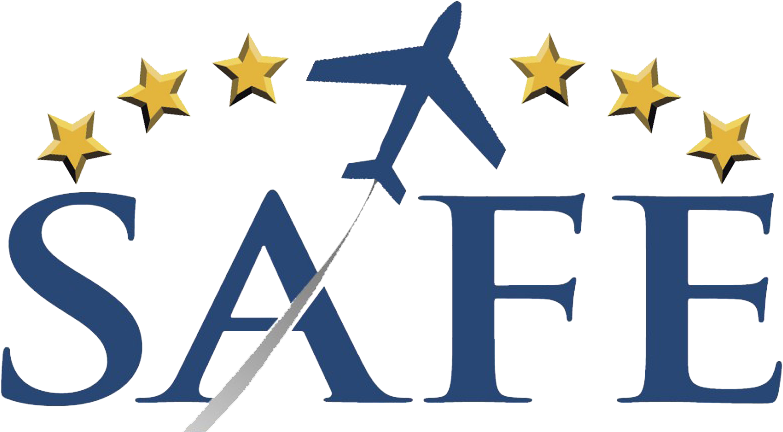The problem is that unlike the persistent presence of the mid-air threat, the rare yet catastrophic nature of LOC-I means that it may never be appreciated until it suddenly appears in the form of a fatal upset accident. Why is this?

One reason is we are highly unlikely to lose control in the region of the flight envelope in which we normally fly. Proficiency within the normal flight regime gives no hint at what lies beyond the boundaries of our everyday operations. But in those regions beyond the threshold of an in-flight airplane upset, situations can escalate amazingly quickly into aerodynamic regions and behaviors that are not at all common to flight within the normal envelope. These situations require quick responses, but to the pilot unfamiliar with the all-attitude/all-envelope domain, reactions will become slower rather than faster. The brain is called upon to process confusing information in an unfamiliar environment. Accident statistics provide evidence of this cognitive impairment that can accompany a LOC-I accident.
 In a startling finding, all 16 accidents for which data was available revealed that the pilots reacted in a way contrary to how common training practices should have prepared them to react. This does not indicate a few pilots with weak skill sets. Rather, it suggests a systemic deficiency in the way today’s training prepares pilots to react to unanticipated airplane upsets.
In a startling finding, all 16 accidents for which data was available revealed that the pilots reacted in a way contrary to how common training practices should have prepared them to react. This does not indicate a few pilots with weak skill sets. Rather, it suggests a systemic deficiency in the way today’s training prepares pilots to react to unanticipated airplane upsets.Because there is little time or opportunity for creative thought beyond a certain threshold of upset escalation, the only way to mitigate this rare but potentially catastrophic situation is through pre-emptive, comprehensive UPRT. This is why the International Civil Aviation Organization (ICAO) is calling for the amendment of pilot licensing standards to include on-aircraft UPRT for all pilots, worldwide, prior to Commercial Licensing. The European Aviation Safety Agency (EASA) is fast-tracking this proposal and hopes to have a requirement for UPRT in place next year.
 When implemented in the future, the requirement for universal UPRT prior to receiving a Commercial Pilot certificate will ensure that in the face of an airplane upset event all pilots should possess the skills needed to execute recovery when the threshold for prevention has been exceeded.
When implemented in the future, the requirement for universal UPRT prior to receiving a Commercial Pilot certificate will ensure that in the face of an airplane upset event all pilots should possess the skills needed to execute recovery when the threshold for prevention has been exceeded.“Follow” our blog to receive notification of new articles and write us a comment please if you see a problem or want to contribute. Write us also if you have an article to contribute on aviation excellence or flight safety. Most importantly, please Join SAFE and support our mission of generating aviation excellence in teaching and flying. Our amazing member benefits alone make this commitment painless and fun.

